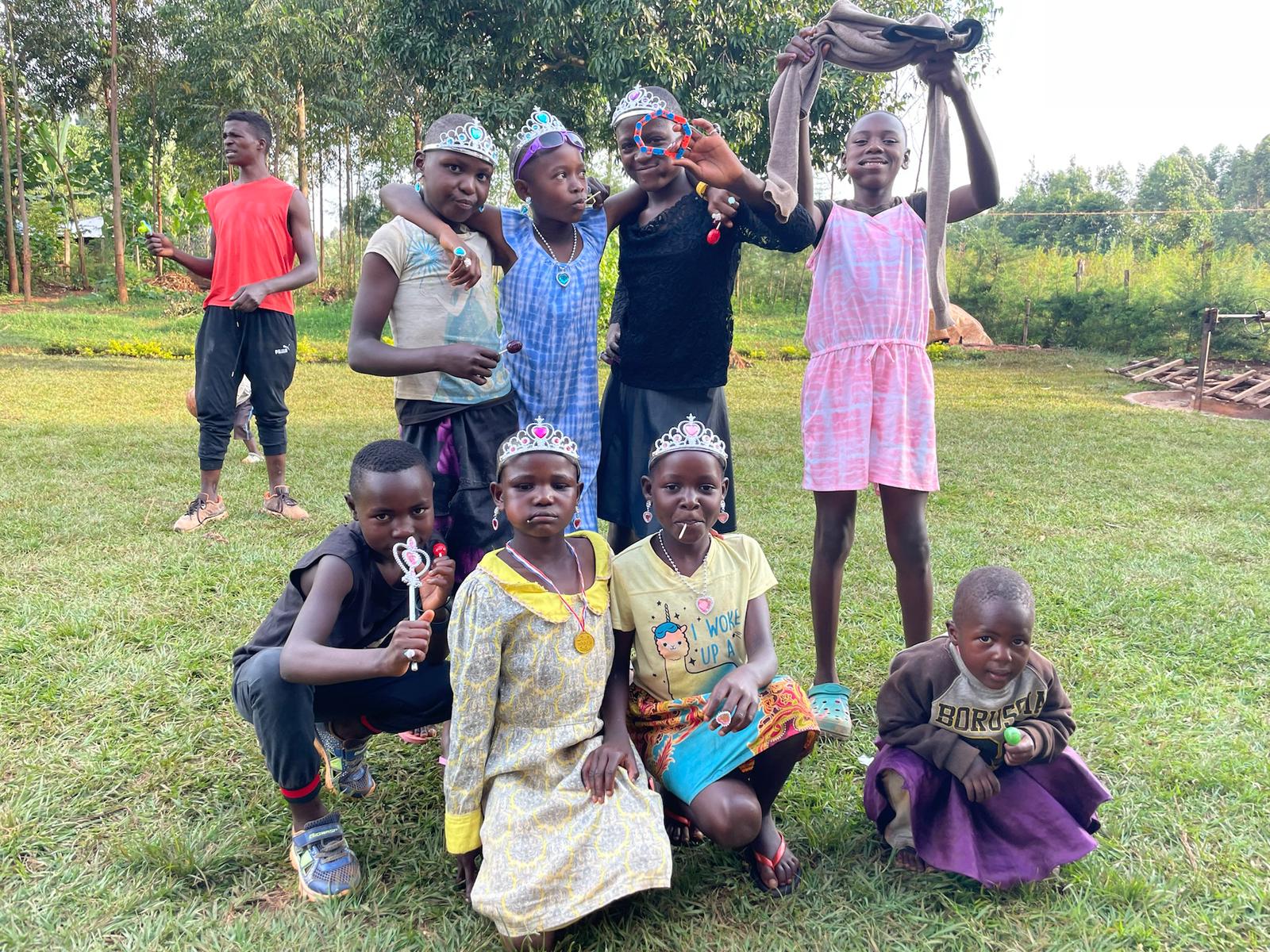Good health is a cornerstone of a child’s ability to thrive, yet for millions of children living in poverty, access to basic healthcare remains a distant dream. Poor health often traps families in an unrelenting cycle of poverty, making it harder for children to attend school, achieve their potential, and escape the constraints of their circumstances. When children in poverty have access to good health, they gain the strength, confidence, and opportunities needed to break free and build a brighter future.
The Connection Between Health and Poverty
Poverty and poor health are deeply intertwined. Children living in poverty are more likely to suffer from malnutrition, preventable diseases, and lack of access to clean water and sanitation. Poor health in childhood has long-term consequences, affecting physical development, cognitive abilities, and emotional well-being.
Conversely, good health can set children on a path to success by enabling them to participate fully in education and other opportunities. It also eases the financial burden on families who might otherwise spend scarce resources on medical expenses.
How Good Health Benefits Children in Poverty
- Improved Educational Outcomes
Healthy children are more likely to attend school regularly and perform well academically. Illness and malnutrition can lead to frequent absences, lack of concentration, and developmental delays, making it harder for children to succeed in the classroom.
Good health ensures that children have the energy and focus to engage in learning, laying the groundwork for future success.
- Physical Growth and Development
Proper nutrition and healthcare are essential for a child’s physical growth. Malnutrition, which is common among children in poverty, stunts growth and weakens the immune system, making children more vulnerable to illnesses.
Access to nutritious food, vaccines, and regular check-ups helps children grow strong and resilient, enabling them to participate in activities that contribute to their development.
- Cognitive and Emotional Well-Being
The brain develops rapidly during childhood, and good health plays a critical role in this process. Nutritional deficiencies, stress, and illness can impair cognitive function, while a healthy diet and supportive environment promote optimal brain development.
Children who are healthy are also better equipped to manage stress and build positive relationships, fostering emotional resilience and confidence.
- Breaking the Cycle of Poverty
Good health empowers children to break the cycle of poverty by enabling them to seize opportunities and achieve their potential. Healthy children are more likely to complete their education, secure stable jobs, and contribute to their communities, creating a ripple effect of positive change.
Barriers to Good Health for Children in Poverty
Despite its importance, good health remains out of reach for many children in poverty due to:
- Limited Access to Healthcare: Rural and impoverished areas often lack medical facilities and trained healthcare providers.
- Inadequate Nutrition: Families living in poverty struggle to afford balanced meals, leading to malnutrition.
- Lack of Clean Water and Sanitation: Contaminated water and poor hygiene contribute to diseases like diarrhea and cholera.
- High Medical Costs: Even basic healthcare services can be unaffordable for families with limited resources.
Solutions to Improve Health for Children in Poverty
- Community Health Programs
Local health initiatives, such as vaccination drives and mobile clinics, bring essential services to underserved areas, ensuring that children receive basic medical care. - School-Based Health Interventions
Providing meals, health check-ups, and hygiene education in schools helps address health challenges while encouraging attendance and academic success. - Access to Clean Water and Sanitation
Investing in clean water systems and sanitation infrastructure reduces the spread of disease and promotes overall health. - Nutrition Support Programs
Food assistance programs and education on balanced diets help combat malnutrition and support physical and cognitive development. - Universal Healthcare
Policies that prioritize affordable and accessible healthcare can alleviate the financial burden on families, ensuring that children receive timely and adequate treatment.
A Call to Action
Investing in the health of children in poverty is an investment in their future and the future of their communities. Governments, organizations, and individuals all have a role to play in ensuring that no child is left behind due to preventable health challenges.
Conclusion
Good health is more than the absence of illness—it is a foundation for growth, learning, and opportunity. For children in poverty, it is a lifeline that enables them to rise above their circumstances and pursue their dreams. By prioritizing the health of the most vulnerable, we can break the cycle of poverty and create a world where every child has the chance to thrive.
Together, let us work towards a future where no child is held back by poor health, and every child can grow, learn, and achieve their full potential.





